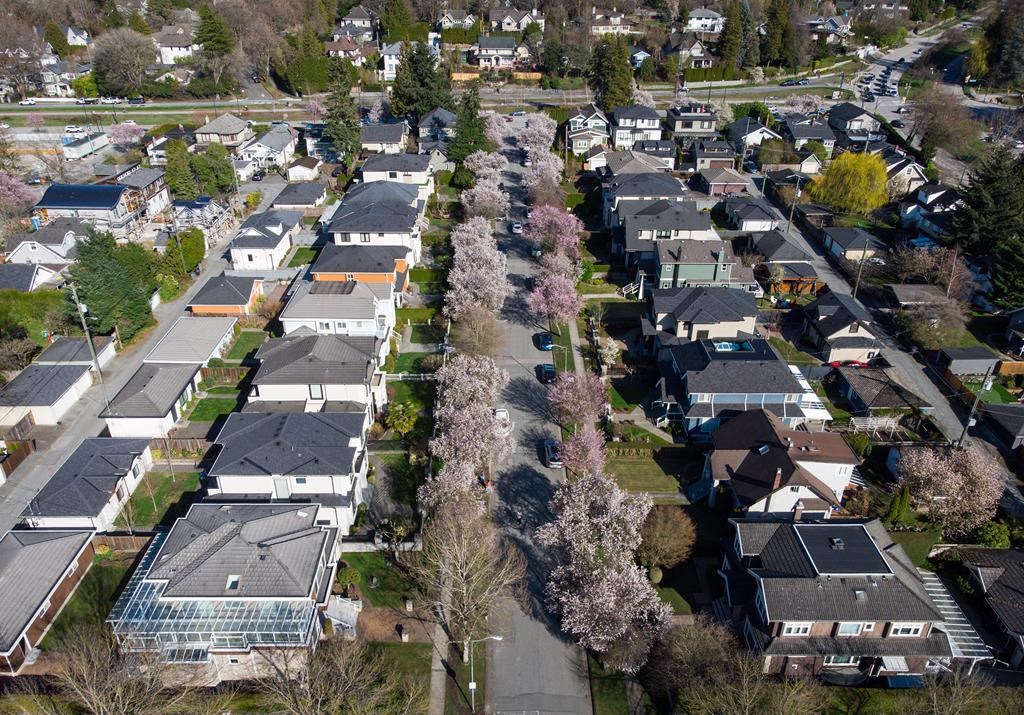Imperial Oil posts 13 per cent second-quarter earnings drop on low prices
Posted July 26, 2012 5:44 pm.
This article is more than 5 years old.
CALGARY – Imperial Oil Ltd. reported a 13 per cent drop in second-quarter earnings on Thursday, with commodity prices and maintenance downtime at its oilsands operations dragging on results.
Net income was $635 million, or 75 cents per diluted share, for the quarter, compared with $726 million, or 85 cents per share, in the same period last year.
Revenue came in at $7.5 billion for the quarter compared to $7.8 billion year over year.
The Calgary-based company (TSX:IMO), controlled by U.S. energy major ExxonMobil Corp., said gross oil-equivalent barrels of production averaged 269,000 barrels a day versus 292,000 barrels in the same period last year.
It said lower production was due primarily to planned maintenance activities at Syncrude, the massive mine in which it holds a 25 per cent stake, and Cold Lake, a vast steam-driven oilsands development in northern Alberta.
The average West Texas Intermediate crude price, a key U.S. benchmark, was nine per cent lower during the second quarter compared to a year earlier.
Canadian crude prices, which fetch a lower price than WTI, were also hit hard during the quarter. Bitumen realizations decreased 17 per cent from a year earlier and synthetic crude oil, made from bitumen that has been processed in an upgrader, decreased 19 per cent.
Net income in Imperial’s upstream, or production, side of the business was $360 million — a steep drop from $624 million a year earlier.
While the lower crude prices hit Imperial’s upstream division, they benefited its downstream, or refining and marketing, business. That’s because the company could buy crude to run through its refineries at a lower cost.
Downstream earnings were $232 million, an increase of $168 million.
Also Thursday, Imperial announced it’s keeping its quarterly dividend steady at 12 cents per share.
Imperial is in the early stages of weighing a liquefied natural gas export terminal on Canada’s West Coast in order to get a better price for the gas it produces in British Columbia’s northeast.
The acreage Imperial has in the Horn River Basin contains dry gas, which can fetch a price several times higher in Asia than it could in North America, which is awash in supplies.
Its $10.9-billion Kearl oilsands mine is nearly complete and is on track to start up later this year.
All of the gargantuan pieces of equipment have finally made their way to the mine site in northern Alberta.
Imperial ran into legal trouble transporting giant modules manufactured in Korea to Alberta through the United States.
The enormous shipments moved across the Pacific and along rivers to Lewiston, Idaho, where they were to be transported by truck the rest of the way to northern Alberta.
The initial plan was to move the shipments along two-way highways through Idaho and Montana, but legal challenges arose because local residents and conservation groups didn’t want the megaloads moving along those scenic routes.
Eventually, Imperial broke up the loads into smaller parts and applied to ship the equipment along Interstate highways instead.
In December, Imperial’s board of directors approved an $8.9-billion expansion that will begin producing 110,000 barrels per day by late 2015.
When the firm announced in 2009 that it would build the Kearl mine, it expected three phases of roughly the same size. Later, it decided to instead build the mine in two phases, with smaller projects along the way to boost output in increments.
Imperial shares closed up 36 cents to $42.77 on the Toronto Stock Exchange.










